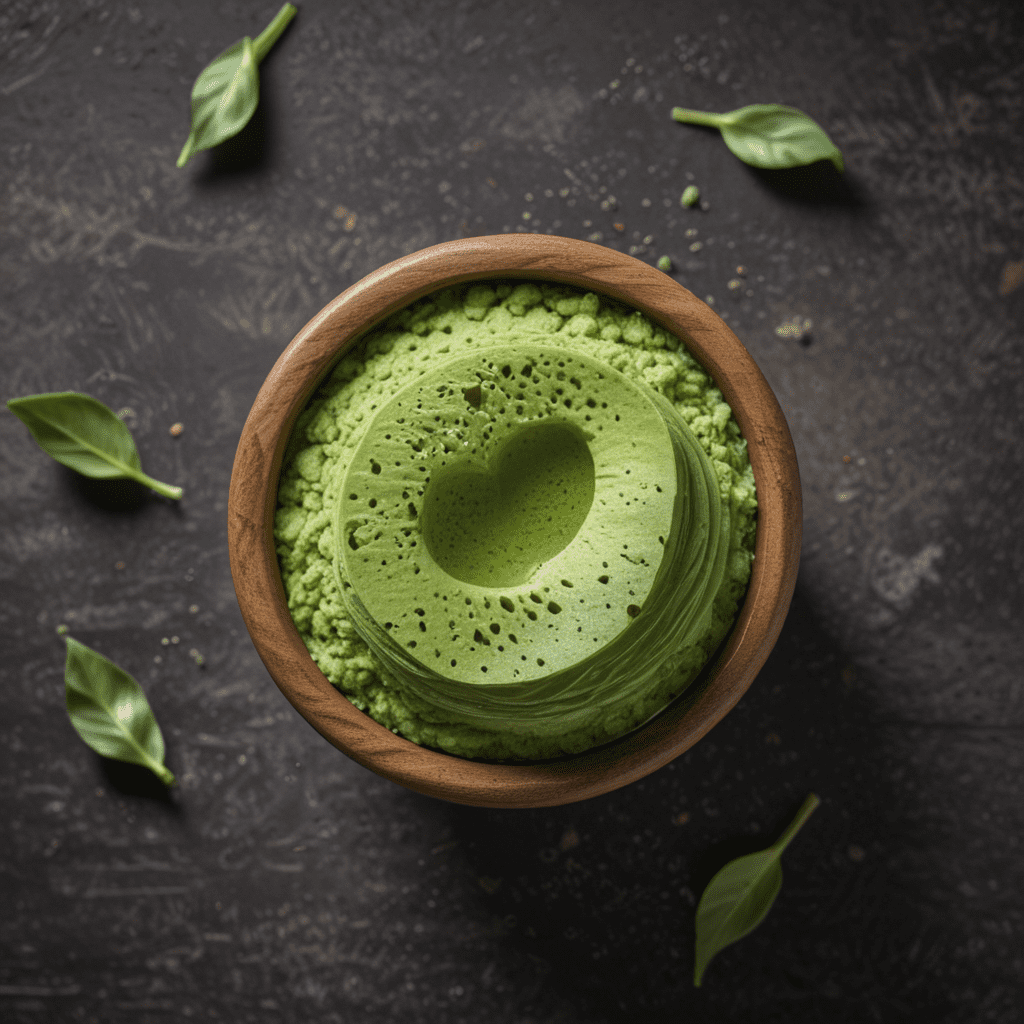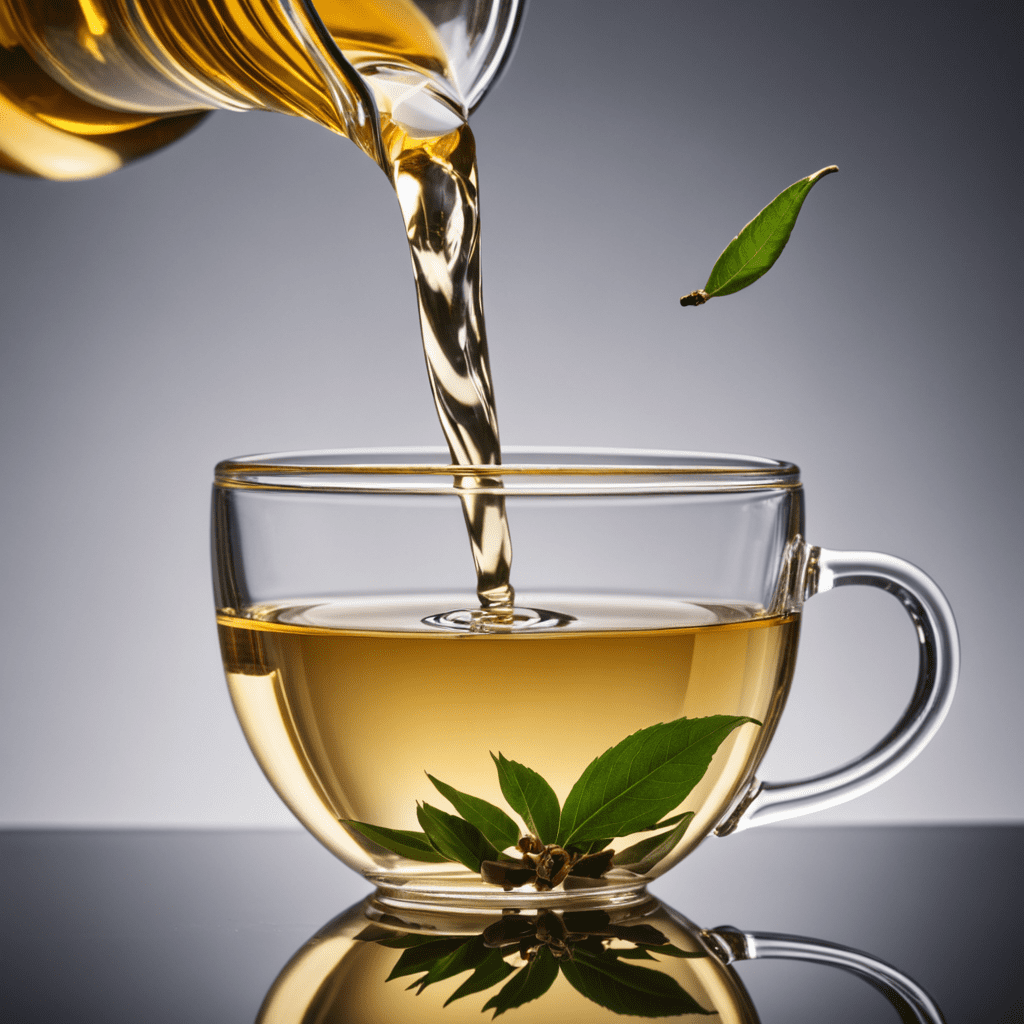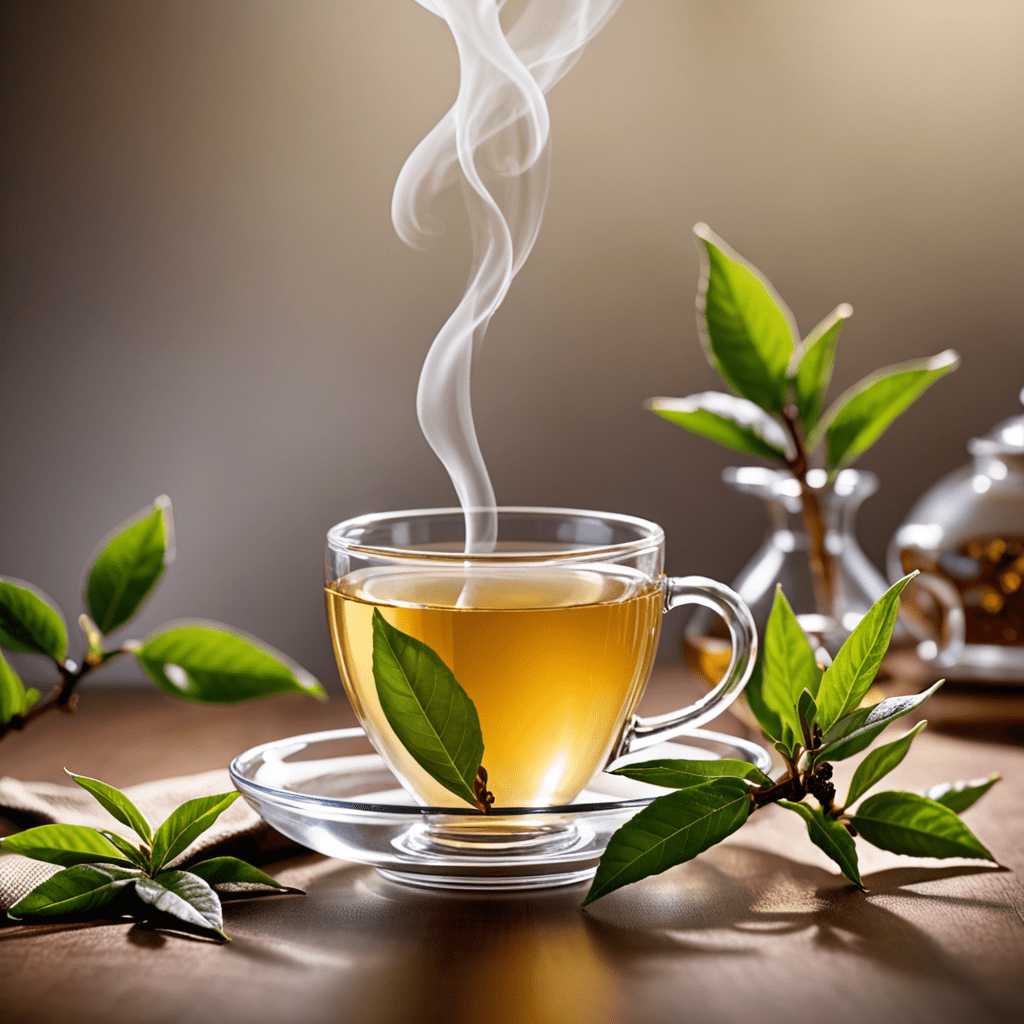A Guide to the Different Flushes of Darjeeling Tea
Darjeeling tea, renowned for its exquisite flavor and aroma, is a testament to the unique terroir of the Darjeeling region in India. The tea's distinctive character is largely influenced by the seasonal variations, resulting in different flushes with distinct flavor profiles. This comprehensive guide will explore the various flushes of Darjeeling tea, their characteristics, and the optimal brewing methods for each.
1. Introduction to Darjeeling Tea
Nestled amidst the rolling hills of the Himalayas, Darjeeling is a region renowned for its exceptional tea cultivation. The unique combination of altitude, climate, and soil conditions creates an ideal environment for producing some of the world's finest teas. Darjeeling tea is celebrated for its delicate flavor, floral notes, and astringency, which vary subtly depending on the harvest period.
2. Spring Flush (March-April)
The first flush of Darjeeling tea, harvested in March and April, is widely regarded as the most sought-after and exclusive. This early harvest yields a limited quantity of tea, characterized by its light, fresh, and subtly sweet flavor. Spring flush teas exhibit delicate floral notes, often reminiscent of orchids or jasmine, along with a hint of astringency.
3. First Flush (May-June)
The first flush, harvested from mid-May to mid-June, represents the traditional start of the Darjeeling tea season. This flush produces a larger yield compared to the spring flush, and the teas are known for their balanced flavor and aroma. First flush teas offer a harmonious blend of floral notes, a slight astringency, and a subtle muscatel flavor.
4. Second Flush (July-August)
The second flush, harvested in July and August, is characterized by its full-bodied and robust flavor. As the tea bushes mature, the leaves develop more complex compounds, resulting in a bolder and more intense flavor profile. Second flush teas often exhibit notes of ripe fruit, honey, and a lingering spiciness, making them ideal for those who prefer a stronger brew.
5. Monsoon Flush (September-October)
The monsoon flush, harvested during the rainy season from September to October, produces teas with a unique earthy and malty flavor. The abundant rainfall during this period influences the tea's character, resulting in a fuller body and a distinct, musky aroma. Monsoon flush teas offer a comforting and satisfying brew, perfect for sipping on a cozy evening.
6. Autumn Flush (November-December)
The autumn flush, harvested from mid-November to mid-December, offers a balance of the delicate spring flush and the robust second flush. These teas exhibit a medium body and a harmonious blend of floral and fruity notes. Autumn flush teas are known for their smoothness and versatility, making them suitable for both casual sipping and special occasions.
7. Winter Flush (January-February)
The winter flush, harvested in the cooler months of January and February, yields a limited quantity of tea with a unique character. These teas are known for their deep, malty flavor and rich aroma. Winter flush teas offer a comforting and satisfying brew, perfect for sipping on a cold winter's day.
8. Characteristics of Each Flush
Each flush of Darjeeling tea exhibits distinct characteristics that appeal to different preferences. Here is a summary of the key features of each flush:
- Spring Flush: Light, fresh, floral, subtle astringency.
- First Flush: Balanced, harmonious, floral, slight astringency, muscatel flavor.
- Second Flush: Full-bodied, robust, ripe fruit, honey, lingering spiciness.
- Monsoon Flush: Earthy, malty, fuller body, musky aroma.
- Autumn Flush: Medium-bodied, floral, fruity, smooth, versatile.
- Winter Flush: Deep, malty, rich aroma, comforting.
9. Brewing Methods for Different Flushes
The brewing method can significantly influence the flavor of Darjeeling tea. Here are some general guidelines for brewing different flushes:
- Spring and First Flush: Use filtered water at a temperature of 80-85°C (176-185°F) and steep for 2-3 minutes.
- Second Flush: Brew with water at 90-95°C (194-203°F) for 3-4 minutes for a stronger brew.
- Monsoon and Autumn Flush: Steep in water at 85-90°C (185-194°F) for 3-4 minutes.
- Winter Flush: Brew with hot water at 95-100°C (203-212°F) for 4-5 minutes.
10. Conclusion
Darjeeling tea, with its diverse range of flushes, offers a unique experience for tea enthusiasts. Each flush presents its own distinct flavor profile, from the delicate spring flush to the robust second flush. Understanding the characteristics of each flush allows tea lovers to appreciate the subtle nuances of this extraordinary tea. By experimenting with different brewing methods, one can unlock the full potential of Darjeeling tea and discover its exquisite flavors.
FAQ
Q: What time of year is Darjeeling tea harvested?
A: Darjeeling tea is harvested throughout the year, with different flushes occurring from March to December.
Q: Which flush of Darjeeling tea is the most expensive?
A: The spring flush is typically the most expensive due to its limited quantity and delicate flavor.
Q: How can I store Darjeeling tea?
A: Darjeeling tea should be stored in an airtight container in a cool, dry place away from direct sunlight.
Q: What is the best way to brew Darjeeling tea?
A: The optimal brewing method depends on the flush. Follow the brewing guidelines provided in the article for each flush to achieve the best flavor.


